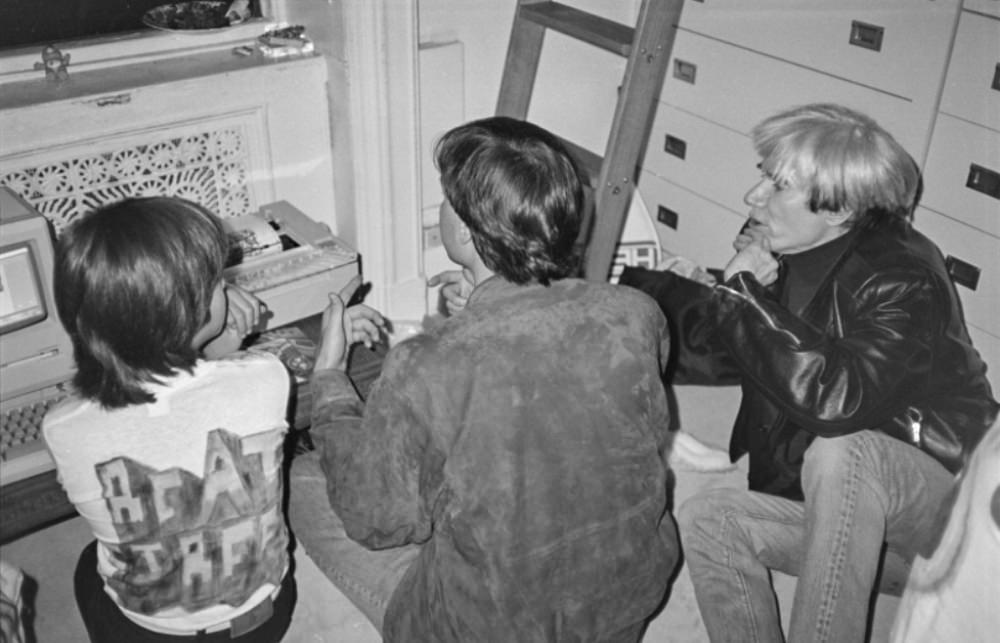On October 9, 1984, Steve Jobs, the tech maverick, found himself at a star-studded birthday party for Sean Lennon, son of Yoko Ono. Among the illustrious guests were Walter Cronkite, Louise Nevelson, John Cage, and singer-songwriter Harry Nilsson. But Jobs had a surprise in store that was sure to steal the limelight.
As the party was in full swing, Jobs turned to Sean and presented him with his birthday gift – the newly released Macintosh computer. The Macintosh, launched earlier that year, was Apple’s latest personal computing marvel. Jobs set it up on the floor of Lennon’s bedroom and proceeded to give a hands-on demo. Using MacPaint, he showed Sean how to create digital art with the mouse, and the boy was instantly hooked.
As word of this high-tech spectacle spread, some of the adult guests drifted into the room. Among them were Warhol and Haring. Warhol was instantly captivated by the Macintosh. “What is this? Look at this, Keith. This is incredible!” he exclaimed; eyes wide with wonder. After a brief tutorial from Jobs on how to use the mouse, Warhol took a turn at creating digital art. The result? A simple circle, but one that filled Warhol with childlike delight.
This encounter between Jobs and Warhol left a lasting impression on both. Warhol confessed to Jobs that he’d been receiving calls from a man wanting to give him a Macintosh, but he’d never followed through. When Jobs replied, “Yeah, that was me. I’m Steve Jobs,” it was a moment of realization for Warhol that he’d missed the opportunity to embrace this exciting new technology sooner.
Looking back, this event encapsulates a beautiful collision of art and technology. The sight of Warhol, a titan of the art world, marveling at a circle he’d drawn on a Macintosh, is a testament to how transformative technology can be, even to those already accomplished in their field. And the fact that this exchange took place at a child’s birthday party only adds to its charm.













And then Andy Warhol went on to launch the Amiga 😉
That would’ve been the best night ever
Andy’s like, hey can I piss on this and paint a picture of it?
Let me use your press picture and make it a different color and call it art. Suckers love that crap.
Sorta like “the real artist computer is here now”
What a strange, strange guest list for a 9 year old’s birthday party.
I was just going to ask why so many eccentric adults were at a kid’s birthday party.
If your parents are John Lennon and Yoko Ono …